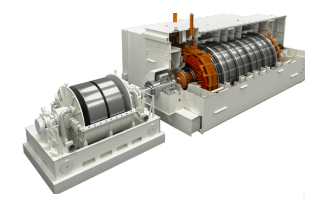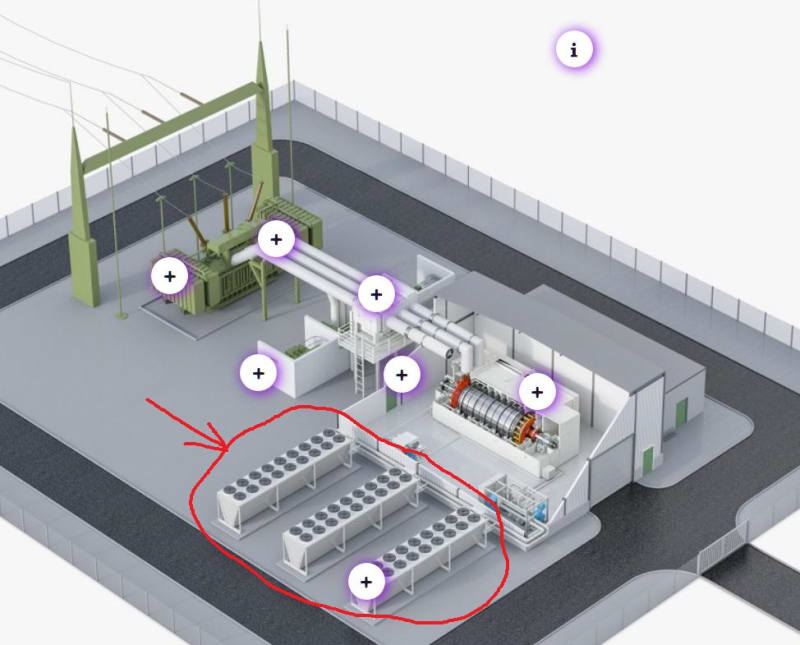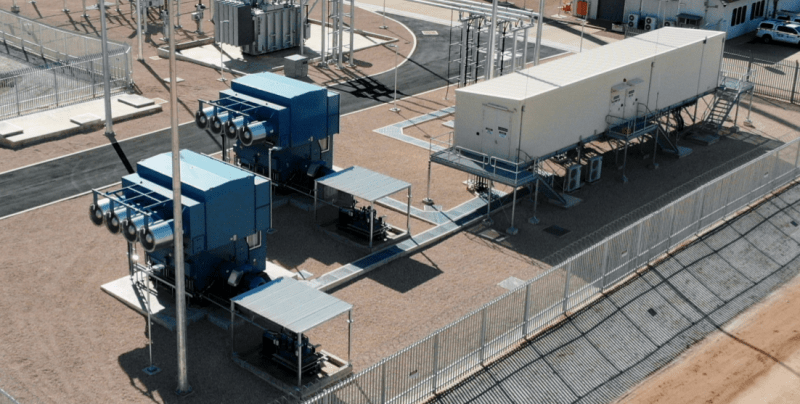NickParker:
"Renewables", at least in the context you are applying it, can include rotating masses (think wind generators, tidal power, and hydroelectric units). They can also have no rotating assets (think solar). Are traditional synchronous machines connected to non-renewable energy sources more massive in terms of inertia? Certainly - because they tend to operate at slower speeds (with the possible exception of hydro and tidal power). Add to that the fact that wind generators tend to be individually lower ratings (although there may be significantly more of them in total).
Does the inertia of the generating unit contribute to system stability? Yes, in terms of ride through capability for short-time disturbances. More importantly, they provide a fairly large source of reactive power - which is what the bulk of today's electrical loads (power electronics, lighting ballasts, and asynchronous machines) require. Without the ability to produce that reactive power (both solar and wind use power electronics on their output to achieve "line frequency", so there's no reactive generation capability), the grid can become unstable with loads "fighting" for the little bit of reactive power out there.
Enter the synchronous condenser - a synchronous machine operating with relatively light "active" power and huge "reactive" power loading. This is not new technology by any means - it's been around since at least the early 1900s. Utilities have been quietly employing it (instead of building new power plants) since the 1950s, at least. For these types of "utility size" units, the ratings are so high that even a small inefficiency adds up to megawatts. Couple that with the fact that a significant portion of the energy is consumed in the rotor (compared to the stator in more traditional units) and it becomes much harder to effectively cool the unit. Hence the need for large-scale external cooling facilities like the artist's conception shown in the manufacturers' brochure.
And yes - the flywheel can operate in a vacuum (sometimes it does, sometimes not, depending on who designed the drive train). The generator itself will likely have H2 or - worst case - He as the gaseous medium to transfer heat from the internal components to where the external system can do something with it.



